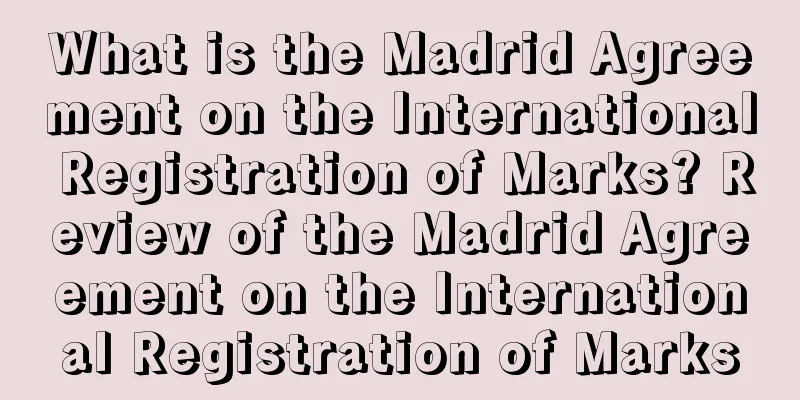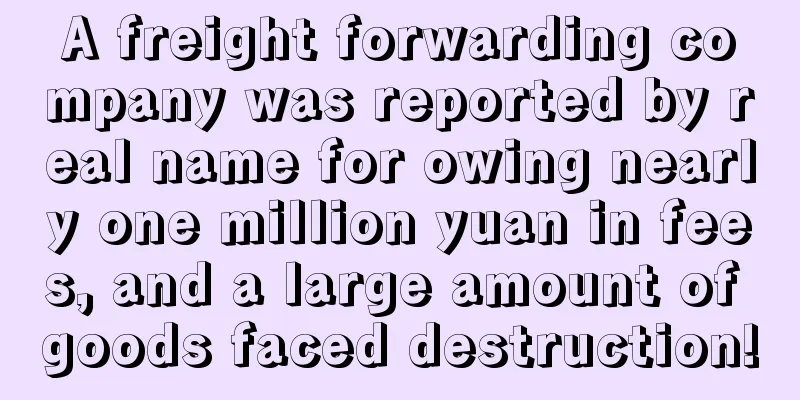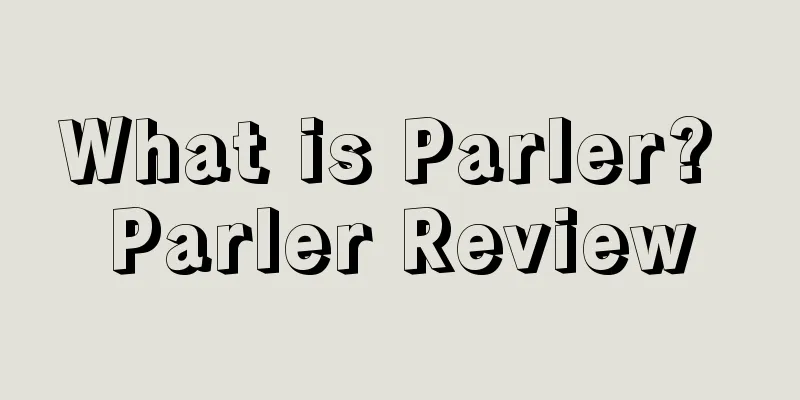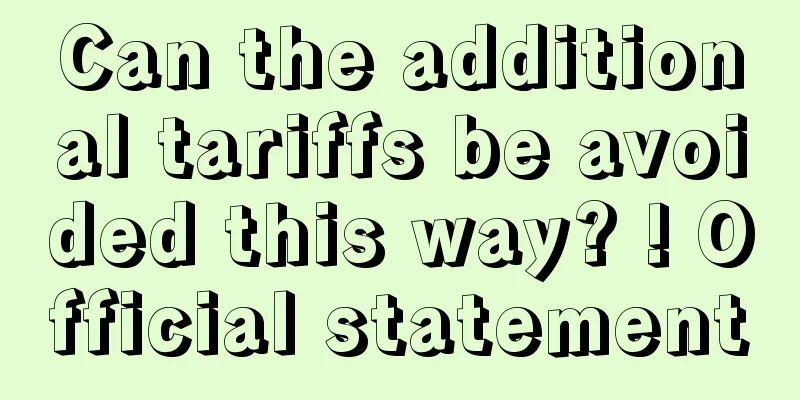What is the Madrid Agreement on the International Registration of Marks? Review of the Madrid Agreement on the International Registration of Marks

|
The Madrid Agreement Concerning the International Registration of Marks is an international treaty used to regulate and standardize international trademark registration. Signed on April 14, 1891 Full name Madrid Agreement Concerning the International Registration of Marks Signed in Madrid Madrid International Trademark Registration refers to the trademark registration conducted among the member states of the Madrid Union in accordance with the provisions of the Madrid Agreement Concerning the International Registration of Marks (hereinafter referred to as the "Madrid Agreement") or the Protocol Relating to the Madrid Agreement Concerning the International Registration of Marks (hereinafter referred to as the "Madrid Protocol"). The international trademark registration usually refers to the Madrid International Trademark Registration. The "Madrid Union" refers to the special union for international trademark registration composed of countries or intergovernmental organizations to which the "Madrid Agreement" and the "Madrid Protocol" apply. background The Madrid Agreement Concerning the International Registration of Marks (hereinafter referred to as the Madrid Agreement) was signed in 1891. It is an international treaty used to regulate and standardize international trademark registration. The Madrid System for International Registration of Marks was born. The Protocol Relating to the Madrid Agreement Concerning the International Registration of Marks (hereinafter referred to as the Madrid Protocol), adopted at the Madrid Union Assembly in 1989, supplements and improves the agreement, making the Madrid System more flexible and operational. The Protocol came into force on December 1, 1995. The Madrid Agreement and the Madrid Protocol together constitute the legal framework of the Madrid System, which is currently managed by the World Intellectual Property Organization, with French, English and Spanish as the working languages. The Special Union for the International Registration of Marks composed of countries or intergovernmental organizations to which the Madrid Agreement and the Madrid Protocol apply is called the "Madrid Union". As of 2021, the Madrid Union has a total of 108 contracting parties, covering 124 countries. my country joined the Madrid Agreement in 1989 and became a member of the Madrid Union; in 1995, it joined the Madrid Protocol and became one of the first contracting parties. Major economies in the world, including the United States, the European Union, Germany, France, the United Kingdom, Italy, Japan, South Korea, Russia, Australia, and Switzerland, are also members of the Madrid Union. Before the birth of the Madrid System, if a country wanted to register its trademark in another country, it could only register in a single country. The Madrid System has established a working model of a trademark registration transit station: if an applicant of a contracting party wants to apply for a trademark in another contracting party, he can directly submit an application to the domestic trademark authority based on the domestic registered trademark to extend the rights of the trademark to other contracting parties for protection. The member country where the applicant is located is the country of origin, and the trademark authority of the country of origin is the origin office. The domestic registered trademark is called the basic registration, and the application is called the territorial extension application. After the origin office conducts a written examination and a formal examination of the application, it submits the registration application to the executive body of the Madrid System, that is, the International Bureau of the World Intellectual Property Organization. After charging a certain fee (basic registration fee), the International Bureau conducts a formal examination of the application, registers the application in the International Registration Book, and issues the applicant an "International Registration Certificate" at the same time, indicating that the International Bureau has received and registered the application, and then transfers the application to one or more member countries or regions designated by the applicant, that is, the designated contracting parties. Finally, the designated contracting party conducts a substantive examination to decide whether the trademark can be registered in that country or region. Contents of the Agreement [Text omitted] References
|
<<: What is Amazon Home Services? Amazon Home Services Review
>>: What is Amazon Global Payments? Amazon Global Payments Review
Recommend
FedEx announced it will scale back its operations and close some Sunday delivery routes!
It is learned that according to foreign media repo...
Walmart targets infant and toddler market! Collaboration with Tot Squad!
<span data-shimo-docs="[[20,"获悉,据外媒报道,近日沃尔...
Biden withdraws from the election, Trump and Harris peripherals dominate Amazon BSR!
There are less than four months left until the res...
Amazon's new feature: data sharing! A powerful tool for sellers to select products and optimize advertising
Amazon recently announced a good news that it will...
Mexico welcomes Christmas shopping boom! Online orders will increase by more than 70% year-on-year!
<span data-shimo-docs="[[20,"获悉,根据物流公司Simp...
What is Amazon Seller Support? Amazon Seller Support Review
Amazon Seller Support is the main interface betwee...
What is Pinkman Cross-border Services? Pinkman Cross-border Services Review
Pinkman Cross-border Services is composed of a tea...
Exclusive interview with the French Ministry of Environmental Protection: Sellers who fail to comply with the EPR in January 2022 should be shut down
This article has a total of 6248 words and takes 7...
North American cross-border freight volume increased by 21% in August compared with the same period last year! Truck transportation accounts for the largest proportion!
It is learned that according to foreign media repo...
What is Ukey? Ukey Review
Youshi is positioned as a cross-border imported br...
The most complete mind map of Amazon backend operations in history
What I share today is a mind map of Amazon advert...
What is Pinkoi? Pinkoi Review
Pinkoi is from Taiwan and is Asia's leading or...
VOVA purge? A large number of sellers’ products have been removed from the shelves and their accounts have been banned!
Amazon's account blocking has spread to most o...
The United States has launched another "tariff move", and sellers are "forced to raise prices"
Taking stock of the most popular keywords in the i...
What is US income tax? US income tax review
Income tax in the United States is levied by the f...









